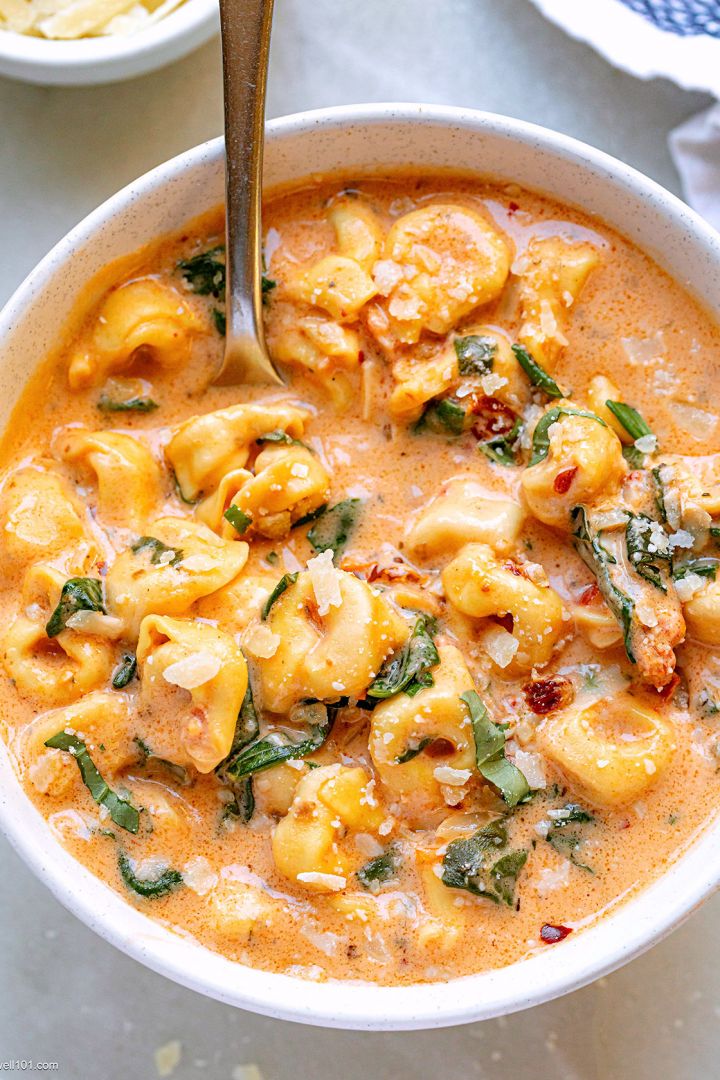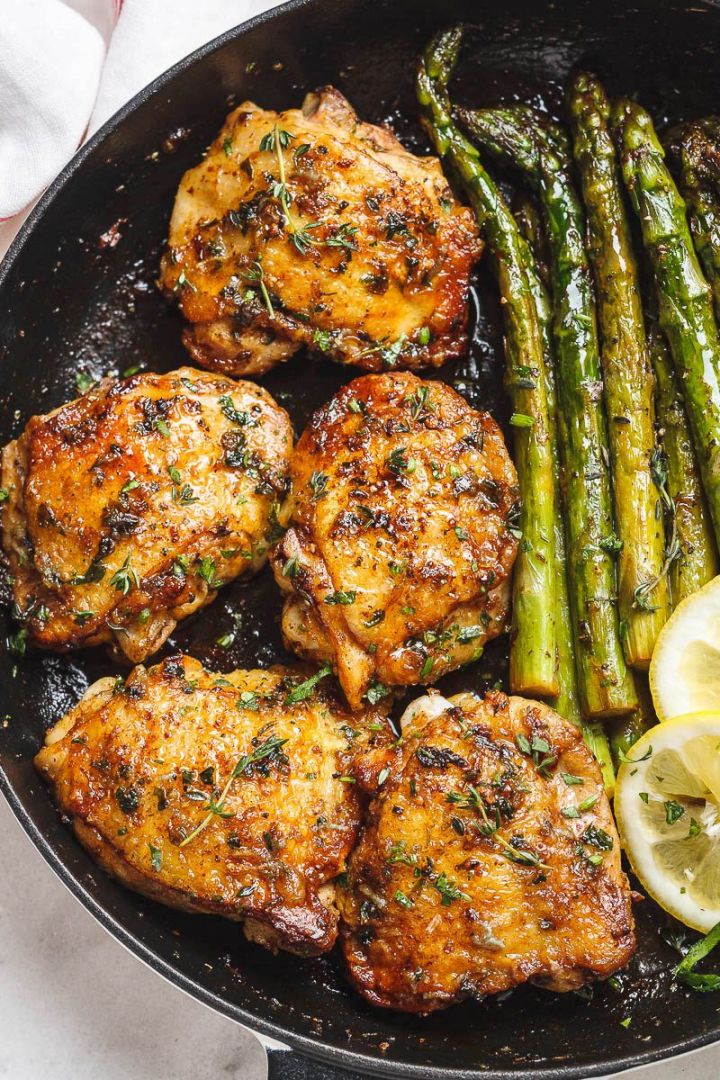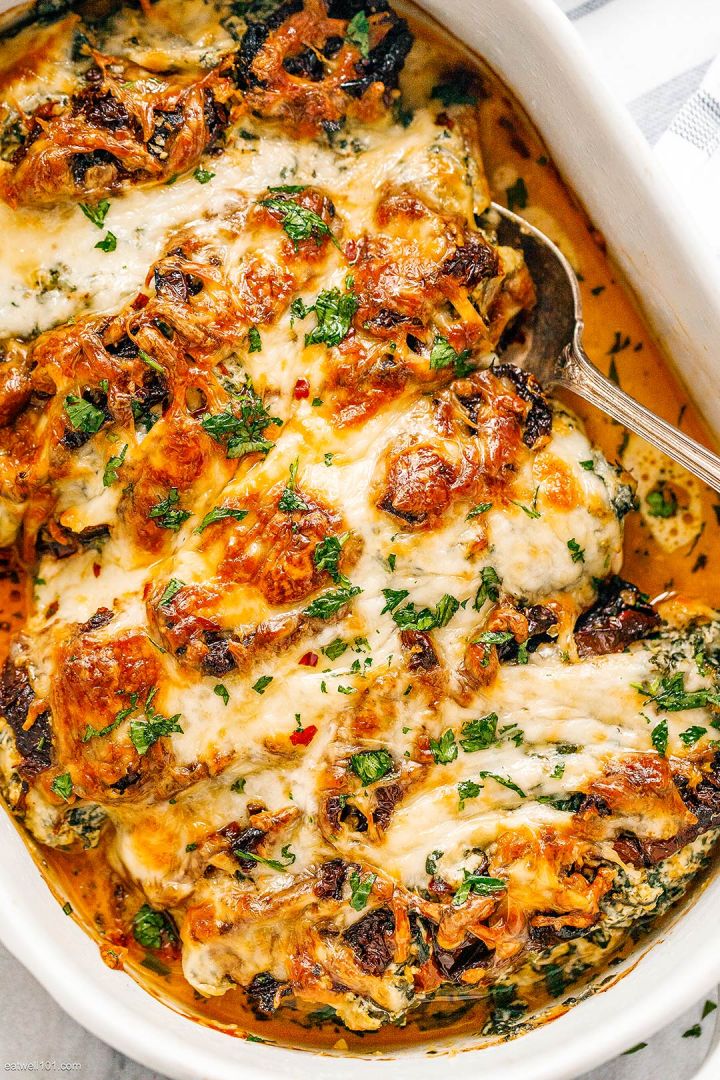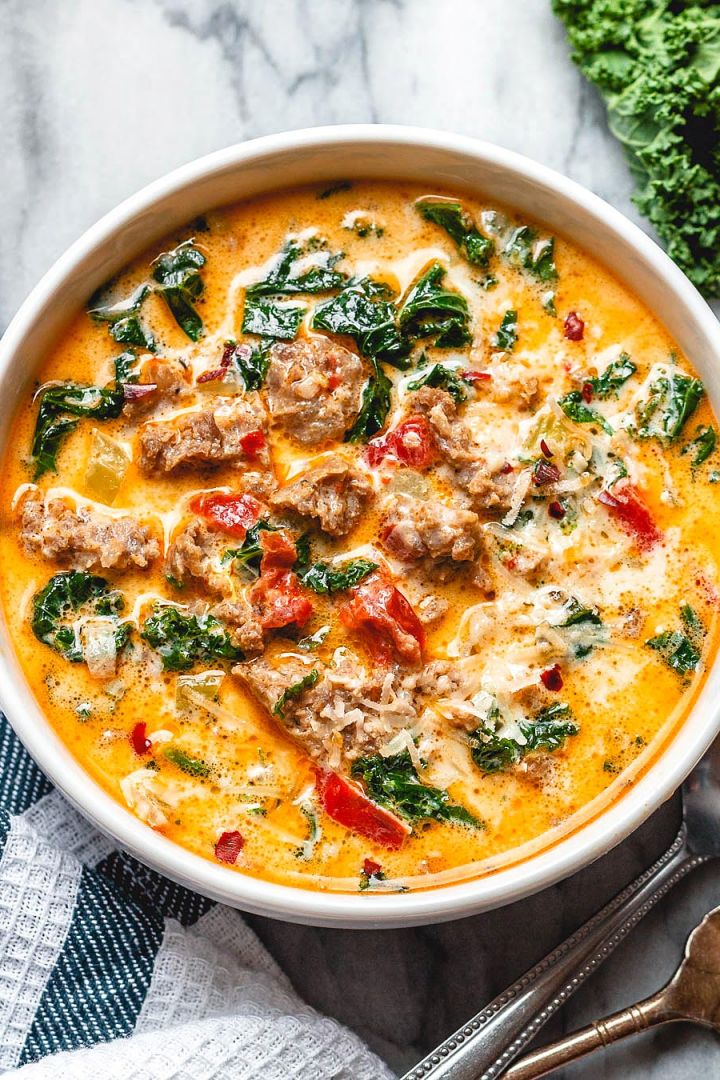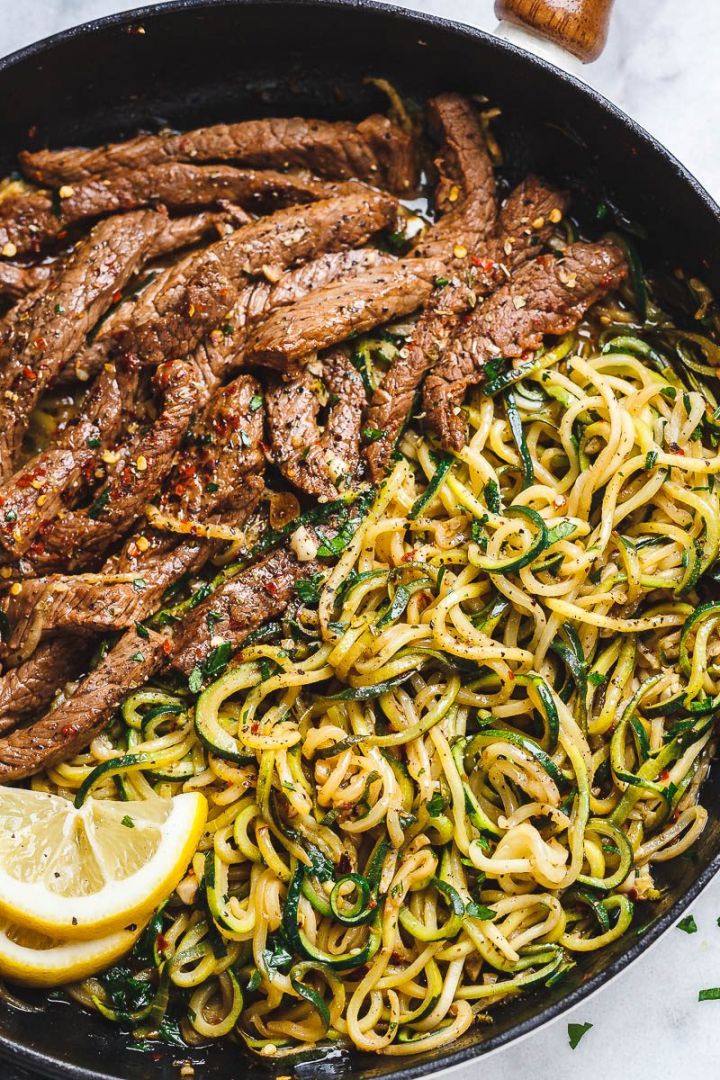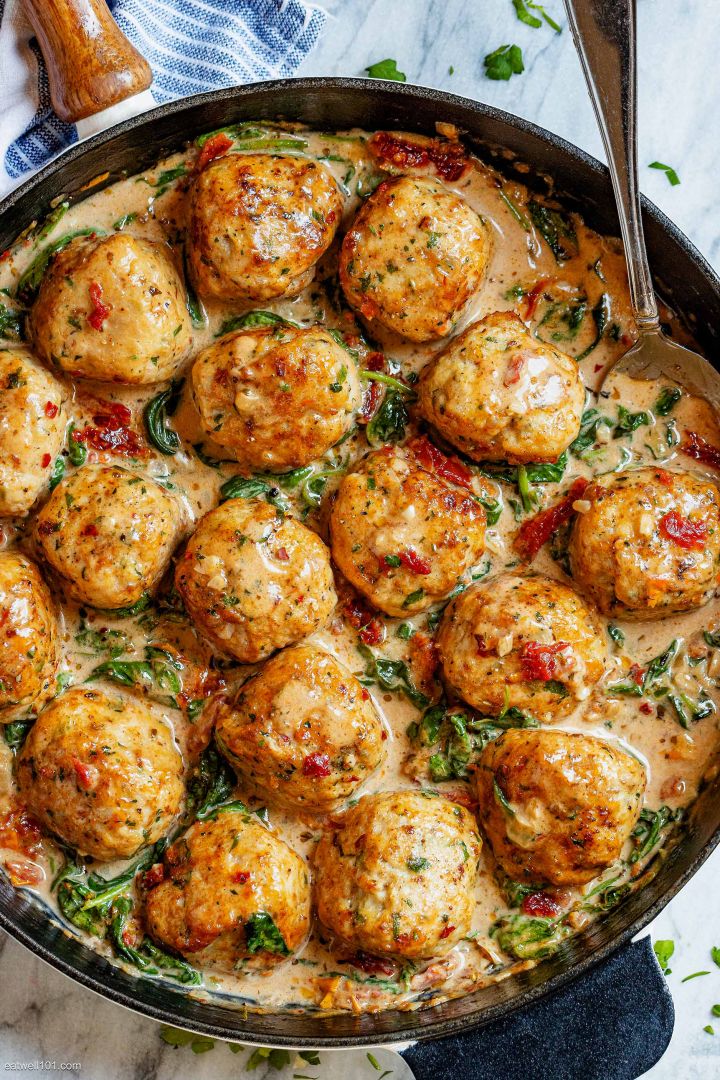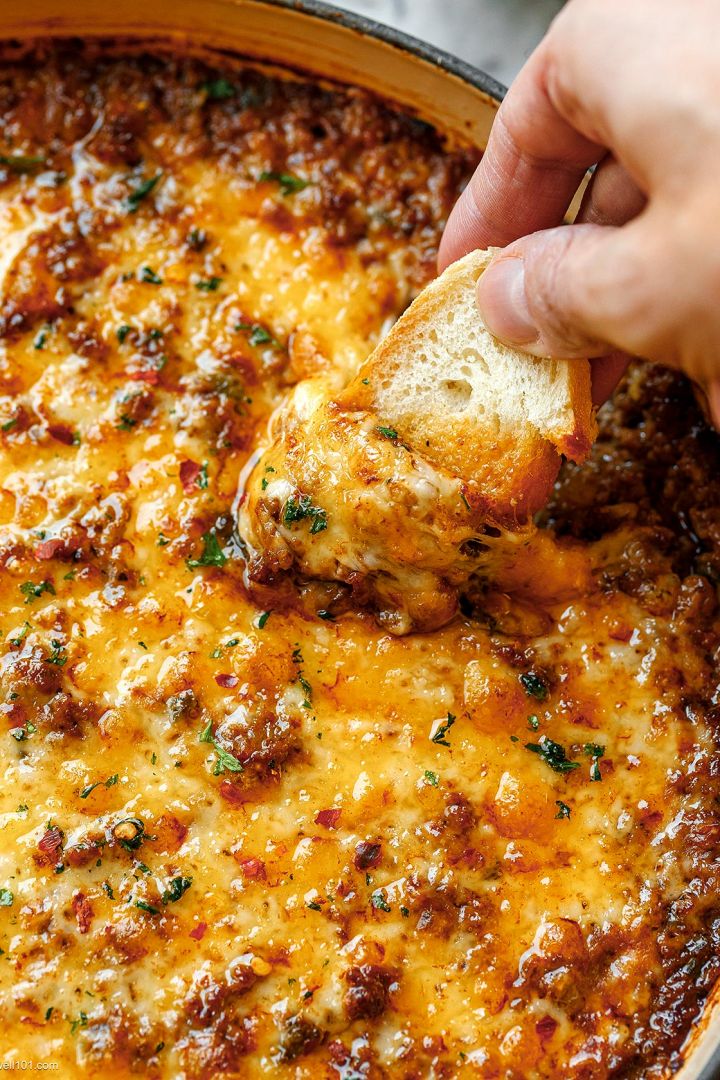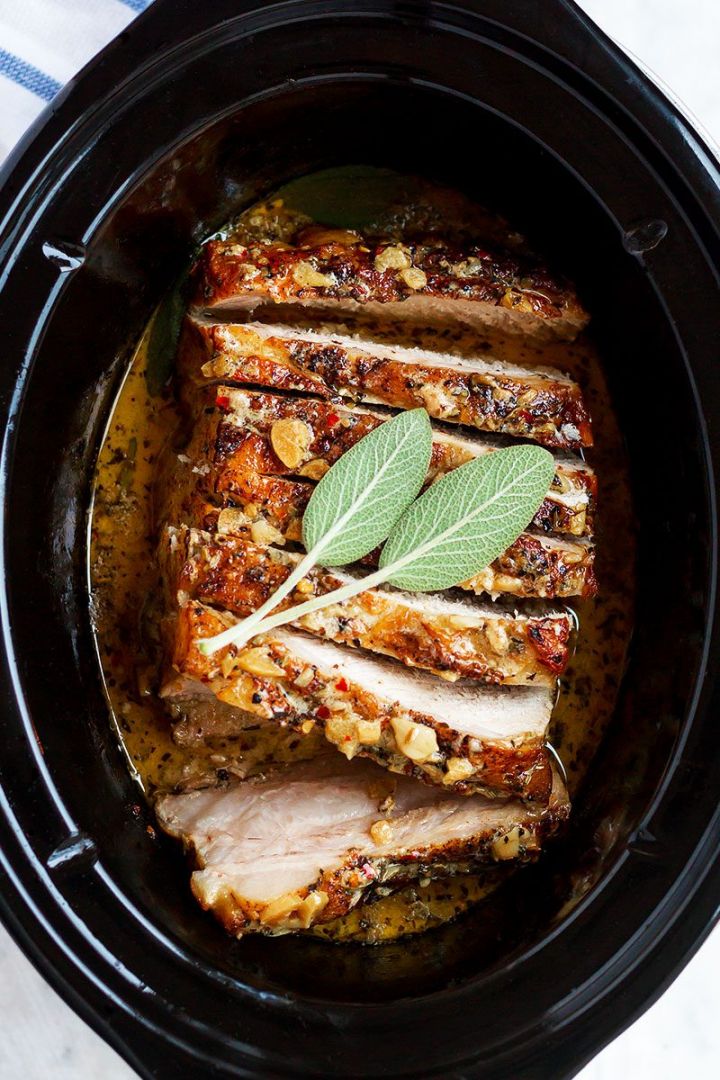Eggs are an easy and delicious food to cook, if you have the right technique. Here are two cooking methods that might be useful for your Easter brunches, and every time you feel like it: an omelette and poached egg.
The omelette
Ah…omelettes. They are delicious and universally easy to prepare, but the variations are considerable. Because of that, preparing an omelette is still something very personal. Depending on your region of the globe, it may be that you prefer your omelette smooth or textured, yellow and flowing, well cooked or white. I like it runny.
Preheat the pan at a low temperature
It is best to preheat the pan at a low temperature for about ten minutes, especially if the base of the pan is thin. This way ensures that heat is evenly distributed throughout the pan.
This is not necessarily the case when the pan is preheated to high temperatures. In this case, it is likely that the omelet will not cook evenly and be browned in places. When your pan is heated slowly, it gives you enough time to prepare side dishes or garnishes.
Accompaniments
Added vegetables should be cut into small cubes if they are to be mixed with the omelette. If the pieces are too big, it may break the omelette when you turn it over.
If vegetables are used as stuffing, how you cut them matters.
It’s best to sauté the vegetables before adding them to the omelette. Otherwise, when cooking, the water contained in the vegetables can get out and affect the texture of the omelette.
To flavor your omelettes, please add:
– Herbs (chives, parsley, coriander).
– Cut vegetables (onions, peppers, tomatoes, mushrooms, asparagus).
– Cubes of cheese.
– A few drops of hot sauce (Tabasco sauce, harissa, sambal oelek).
Eggs are a very economical way to build a nutritious, quick, and delicious dish. Now you can cook an omelette to your liking!
The poached eggs
Like the omelette, poached eggs are just as easy to make successfuly with the right technique. You only need a saucepan with a little water, vinegar, and an egg of course. Ideal to seduce your sweetheart on a Sunday morning, provided of course, she likes eggs for breakfast.
The role of vinegar
Anyone who has launched a mass production of poached eggs in order to impress the in-laws for the traditional Easter brunch, for example, knows the importance of vinegar. Without it, the thin egg whites spread through the water, which transforms it into several filaments. It then becomes impossible to form the egg dome. The beauty of the dish goes out the window, as well as the respect your stepmother has for you. Vinegar’s role is to accelerate the coagulation of the egg whites’ proteins by acidifying the water. The white clot is faster and is less scattered in the water. To take full advantage of the effects of vinegar, prepare about 10 ml of vinegar per liter of water.
It is recommended that you immerse the eggs in simmering water, not boiling. The turbulence caused by air bubbles may increase the likelihood that the thin film of coagulated white breaks. In simmering water, it is much easier to control the egg with a slotted spoon.
The size of the pan is also important. A shallow pan or skillet with a high ledge will make your life easier.
The Master-Trick
I learned this from a chef at a restaurant in Lyon. Very simple and efficient, you’ll never fall victim again to the expensive silicon-mold that every kitchenware shop is trying to oversell. Make a swirl in the water with a spoon, just before breaking the egg above the surface. The circular motion of water will keep the egg white in place, gathered in the center of the saucepan.
The freshness of eggs
Using fresh eggs for poached eggs makes a difference. The thick white portion is greater in fresh eggs. The egg white then tightly covers the yolk, forming a well compact poached egg. For omelettes, it is less important to use fresh eggs, as they are mixed.
Tip for serving poached eggs
To keep your poached eggs before serving, place them in a pan of hot water at 65 ° C (150 ° F). The yolk begins to thicken at this temperature, but is completely solid at 70 ° C (158 ° F). It is therefore unlikely to be overcooked.
Some ideas to cook your poached eggs
Poached eggs are served in different ways. There is, of course, the classic recipe for Benedict Eggs in which we serve the poached egg on a slice of English muffin and ham, topped with hollandaise sauce. Personally, I find hollandaise sauce a little too rich. I would favor a sauce with yogurt and some kind of ground spices (eg. curry and cayenne pepper) or some fresh herbs (such as tarragon and chives).
Also, I like to serve the poached eggs on a slice of bread, because it can absorb the runny yolk. As for the slice of ham, it can be replaced by a slice of smoked fish or even colorful vegetables thinly sliced (carrots, zucchini, fennel, tomato, etc). The poached egg can be served with some crusty bread alongside a nice salad of seasonal vegetables.
The third option is to prepare a little goat cheese toast served with salad and the poached egg, as well as a good oil and vinegar dressing. You can season the eggs with some Fleur de Sel.
For now, it’s up to you to share your own methods and recipes. Please leave a comment below to do so!



